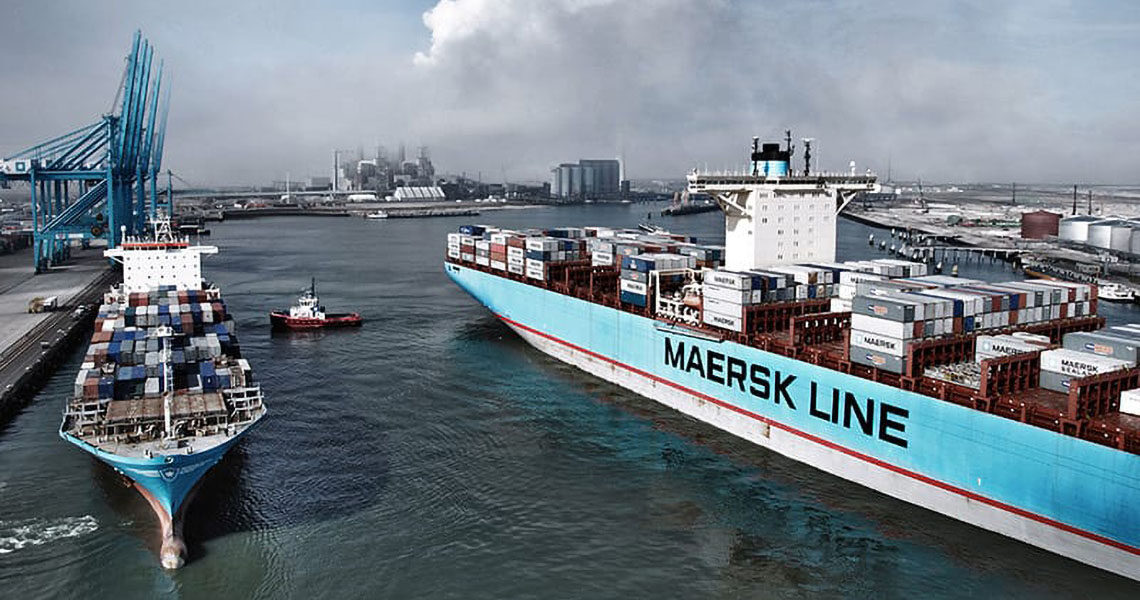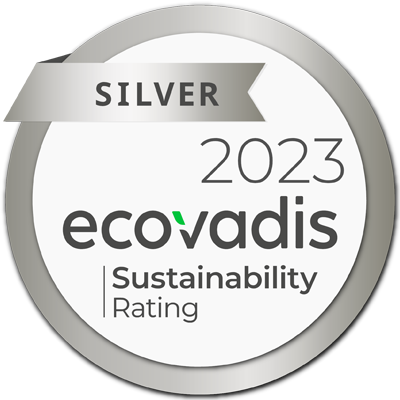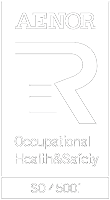Project: Alternative Marine Power System
Company: MAERSK
Type: TRATOS AMP
Tratos and Maersk cooperation
Tratos has supplied cables for a marine alternative power system since 2004 to Maersk, a long-term contractor of Tratos cables, and Maersk was always satisfied with the quality of cables supplied and has said the cables met all the standards and technical criteria.
About Maersk
A.P. Moller – Maersk is an integrated container logistics company and member of the A.P. Moller Group. Connecting and simplifying trade to help our customers grow and thrive. With a dedicated team of over 80.000, operating in 130 countries; we go all the way to enable global trade for a growing world.
Did you know?
Alternate Maritime Power or AMP is an anti-pollution measure that helps reduce air pollution generated from diesel generators by using shore electric power as a substitute.
AMP is used when the ship is halting at a port so that the engines of the ship (working on diesel) do not need to be used unnecessarily. This, in turn, helps reduce the emissions from the ships by a great margin. This process is also called cold ironing.
The process of cold ironing can be explained with the help of a few simple steps:
- When the ships are being loaded or unloaded in a port or dock, alternate marine power is supplied to them
- This is done with the help of supply cables plugged into an electricity supply board in the port on one end and into the ship’s power supply board on the other.
- The process is called cold ironing because, in the olden days, when the ship’s mainframe engines used to be rested, they used to get cold while the power was being transferred in this manner.
- The process leads not just to preserving the marine ecosystem but also to lesser usage of diesel and other oily power supply materials.
- Alternative Marine Power System provides power for lights, refrigerators, air-conditioners and other equipment on the ship.
- The power coming from the shore can be from a separate power generation unit or from the power plant supplying power to the port city or town.
At present, there are four different variations in the AMP that is provided from the port to a ship or a tanker. The same can be listed as follows:
- 11000 Volts of AC (Alternate Current)
- 6600 Volts of AC
- 660 Volts of AC
- 440 Volts of AC
Tratos is very pleased to support the global endeavours to modernise the navy and port infrastructure all over the world. In doing so, Tratos is a frontrunner in helping to achieve the UN Global Goals.
Participating in this project, Tratos was very pleased to contribute toward achieving Goal 7 to ensure access to affordable, reliable, sustainable and modern energy for all, Goal 9: Industry, Innovation and Infrastructure, Goal 13: Climate Action, Goal 14: Life Below Water, and Goal 11: Sustainable Cities and Communities.











